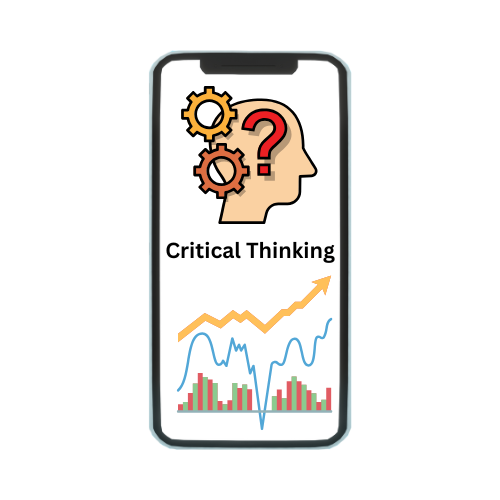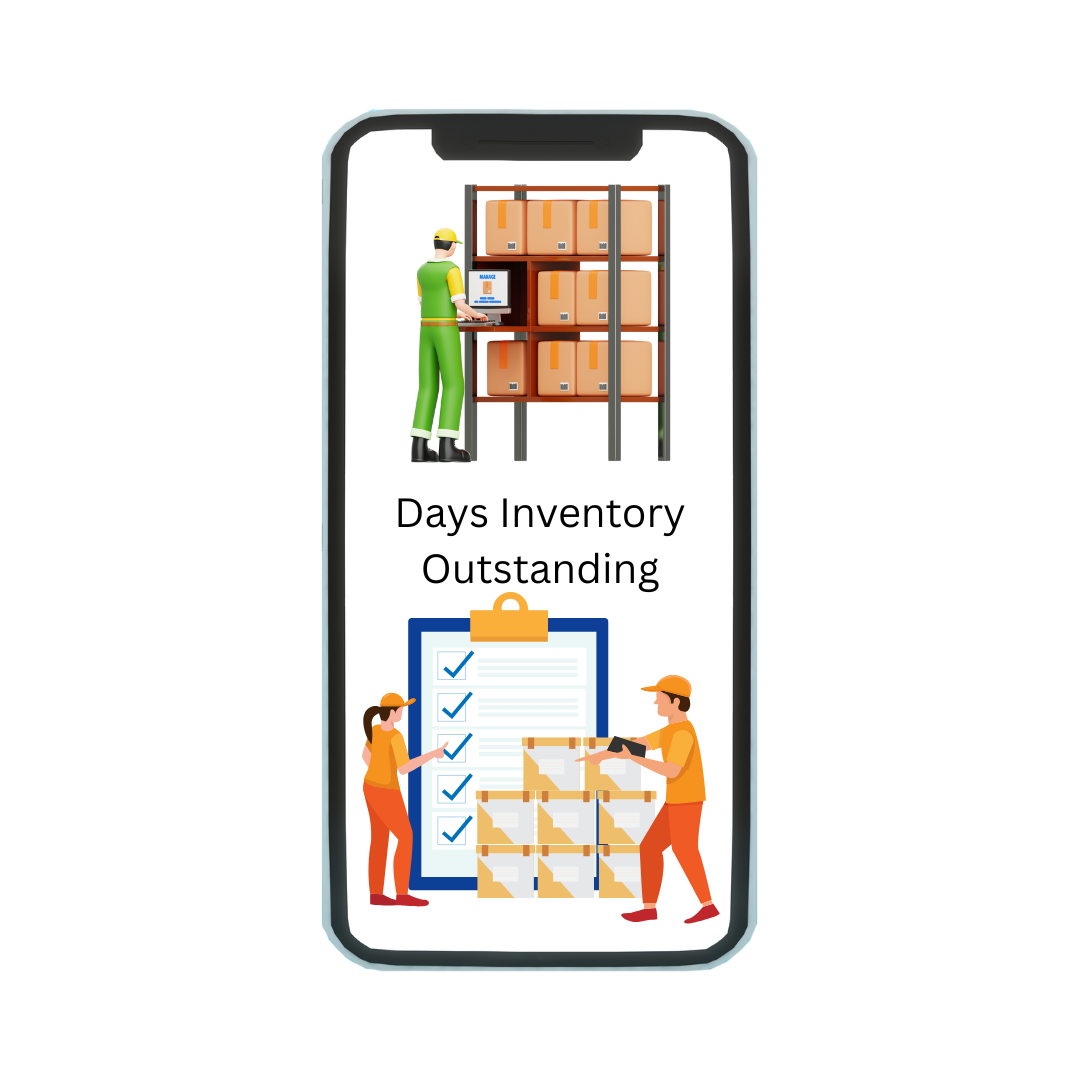The futures market is a financial marketplace where participants can buy and sell contracts for the future delivery of assets, such as commodities, currencies, or financial instruments. These contracts obligate the buyer to purchase, and the seller to sell, an asset at a predetermined price on a specific date. Futures markets are utilized for various purposes, including hedging against price fluctuations, speculating on price movements, and enhancing portfolio diversification. They play a crucial role in price discovery, providing a mechanism for participants to manage risk and ensure liquidity in the underlying assets, making them essential components of the global financial system.
What is Futures Market
The futures market is a marketplace for trading standardized contracts to buy or sell a specific commodity or financial instrument at a predetermined price on a specified future date. Unlike the spot market, where assets are exchanged immediately, futures contracts are agreements to conduct a transaction at a later date.
Structure of the Futures Market
- Exchanges: Futures contracts are traded on regulated exchanges, such as the Chicago Mercantile Exchange (CME), Intercontinental Exchange (ICE), and others. These exchanges provide a platform for buyers and sellers to transact and establish standardized contract specifications.
- Standardization: Futures contracts are standardized, meaning they have predefined terms, including contract size, expiration date, and pricing mechanisms. This standardization facilitates liquidity and simplifies trading.
- Clearinghouses: To mitigate counterparty risk, futures exchanges use clearinghouses. These entities act as intermediaries, ensuring that both parties fulfill their obligations under the contract. They manage the settlement process and handle margin requirements.
How the Futures Market Works
- Contract Creation: A futures contract is created when a buyer (long position) agrees to purchase an asset and a seller (short position) agrees to sell that asset at a specified price and date.
- Margins: Participants must deposit an initial margin, a fraction of the contract’s value, to enter a position. This margin acts as collateral to cover potential losses. Maintenance margins are also required to keep the position open.
- Marking to Market: Futures contracts are marked to market daily, meaning gains or losses are settled at the end of each trading day. This process helps manage risk and ensures that participants maintain sufficient margin levels.
- Expiration and Settlement: Futures contracts have expiration dates, and participants can choose to close their positions before expiration or settle the contract. Settlement can occur through physical delivery of the underlying asset or cash settlement, depending on the contract type.
Types of Futures Contracts
- Commodity Futures: These contracts involve physical goods, such as agricultural products (wheat, corn), metals (gold, silver), and energy products (crude oil, natural gas).
- Financial Futures: These contracts pertain to financial instruments, including stock indices (e.g., S&P 500), interest rates (e.g., U.S. Treasury futures), and foreign exchange (e.g., Euro futures).
- Index Futures: These contracts are based on stock market indices, allowing investors to speculate on the overall market performance rather than individual stocks.
Participants in the Futures Market
- Hedgers: Participants who seek to reduce risk associated with price fluctuations of the underlying asset. For example, a farmer may sell futures contracts to lock in a price for their crop.
- Speculators: Investors who aim to profit from price movements without any intention of taking physical delivery of the underlying asset. Speculators provide liquidity to the market but also contribute to volatility.
- Arbitrageurs: Traders who exploit price discrepancies between different markets or contracts to generate risk-free profits. They play a vital role in maintaining market efficiency.
Significance of the Futures Market
- Risk Management: Futures contracts enable businesses and investors to hedge against adverse price movements, protecting their financial interests.
- Price Discovery: The futures market plays a crucial role in determining the future price of commodities and financial instruments, reflecting market expectations and supply-demand dynamics.
- Liquidity: The presence of diverse participants in the futures market enhances liquidity, allowing for easier entry and exit from positions.
- Global Trade Facilitation: Futures markets enable producers and consumers of commodities to manage price risks associated with their operations, fostering stability in global trade.
Advantages of Trading in the Futures Market
- Leverage: Futures contracts allow traders to control large positions with a relatively small amount of capital, enhancing potential returns (and risks).
- Transparency: Regulated exchanges provide transparent pricing and trade data, ensuring fair market conditions.
- Accessibility: The futures market is accessible to individual investors and institutions alike, enabling a wide range of participants to engage in trading.
Challenges and Risks in the Futures Market
- Market Volatility: Futures markets can experience significant price fluctuations, leading to potential losses for traders, especially those using high leverage.
- Margin Calls: If the market moves against a trader’s position, they may face margin calls requiring additional funds to maintain their position.
- Complexity: Understanding futures contracts and their dynamics can be complex, particularly for novice investors. This complexity necessitates a solid grasp of market principles and trading strategies.
Conclusion
The futures market is a vital component of the global financial system, providing mechanisms for hedging, speculation, and price discovery. By facilitating transactions in standardized contracts, the futures market enhances liquidity and risk management for various participants. Understanding the structure, functioning, and risks associated with futures trading is essential for both novice and experienced investors seeking to navigate this dynamic marketplace. With proper knowledge and risk management strategies, participants can harness the benefits of futures trading to achieve their financial objectives.





